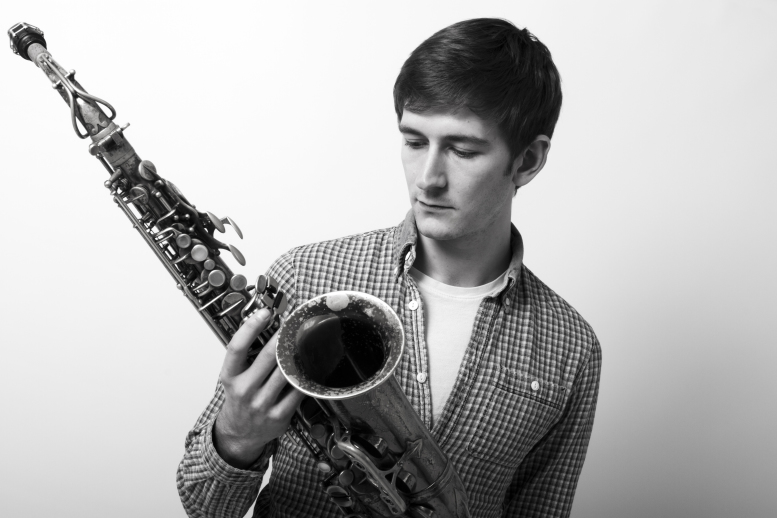Toscana (Sirens PT. II)
TOSCANA (Sirens Pt. II)
Whilst on holiday in Italy, my Fiancée and I visited Florence, in Tuscany. During our stay we frequently heard an ambulance with a broken siren. It abruptly spluttered on every second performance of its ‘call.’ (Wii-aww-wii-aww…wii-aww-wip!........awwwww). I decided at the time that this needed to be immortalised in a piece of music! It is hinted at just before the clarinet plays the melody. The Guitar, piano and clarinet all play the broken siren ‘call’ in canon and using varying degrees of the scale.
Like many of the other compositions, the main themes and ideas came about from just messing around on the piano. I had the ostinato major 3rd quavers going in my right hand and stumbled across the melody in my left hand. One device I often use is to keep playing a melody whilst shifting the harmonies underneath, so you’ll hear the same melody repeated here in various harmonic guises.
After the second statement of the melody, there is a short interlude to allow room for the guitar to improvise over some new harmonies. You’ll hear the piano part shift into a fluid rising pattern, which helps to set up the next section.
After grinding to a halt, the piano leads into the new section using this rising figure but with much darker harmony. The alto sax is introduced for a change in timbre and intensity. During this section, although the bass notes shift, the majority of the passage is based upon the harmonic minor scale. The melody contains strong phrases, but each phrase dissolves into improvised siren-like endings. This is to keep some coherence with the first section, as well as creating a more haunting atmosphere.
Out of this darker section comes a shift to brighter harmonies and a new feel. Instead of splitting the 9/8 into 3 groups of 3 (3-3-3), I wanted to impart more energy into the composition and so introduced a 4-3-2 grouping. I find this grouping quite ‘pushy’ as each grouping becomes smaller and thus shorter in length. For a bit of fun, I kept the piano playing in the 3-3-3 grouping during the feel shift, however.
The first theme is then resurrected over this new groove before entering the final section. Here, I was keen to use a pedal (when the bass note is retained throughout a section of music) as I realised that many of my compositions had not featured this composition technique. It’s fantastic for creating tension, and I wanted to shift between dark and light harmonies in order to achieve this. The piece ends with the group improvising on the final suspended chord harmony until it breaks down and fades.

